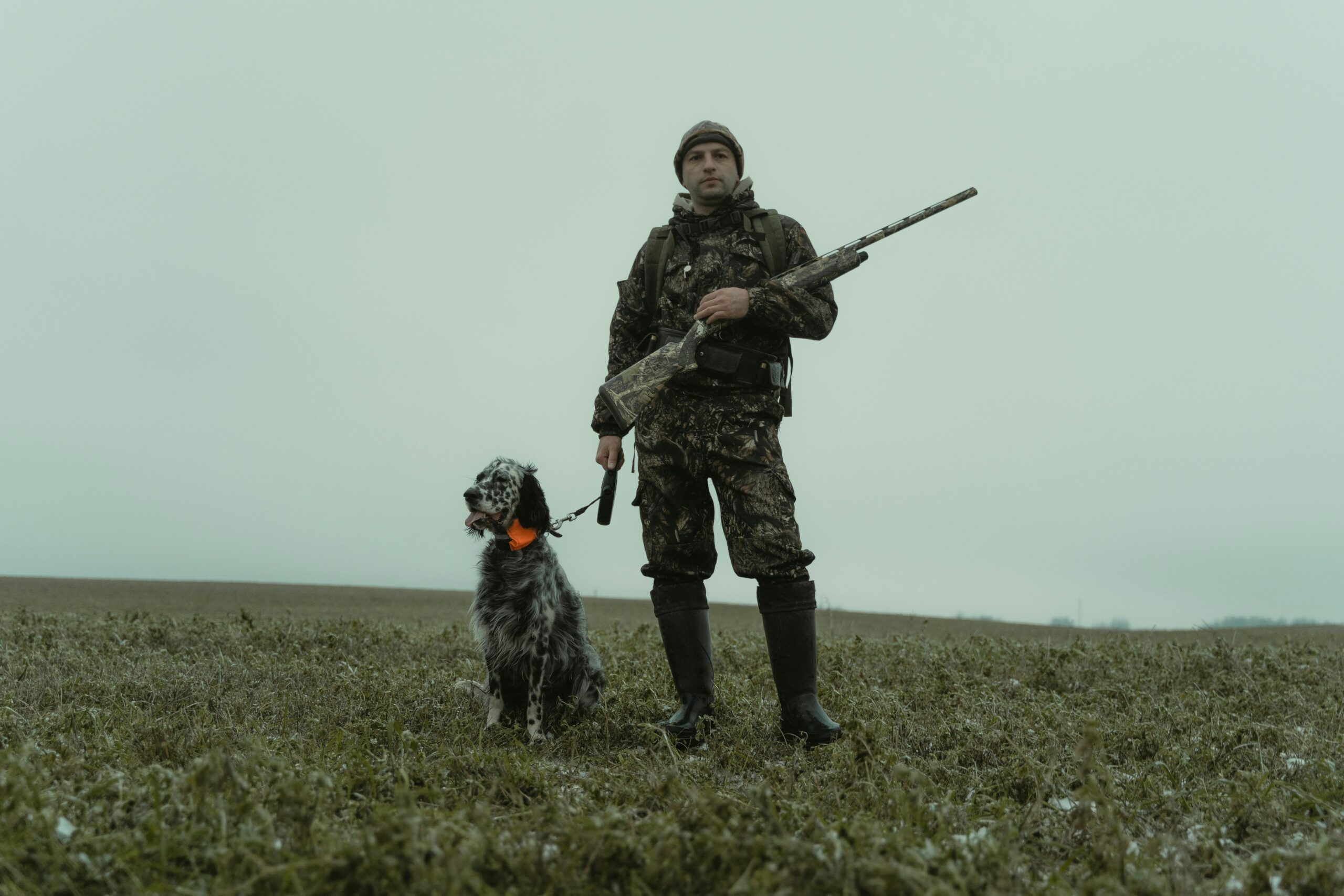The tag’s punched, the freezer’s full, and the woods have gone quiet. It’s the off-season—but for serious hunters, that’s exactly when the real work begins. Staying sharp between seasons isn’t just about keeping your gear tuned; it’s about keeping your mind and skills in game-day shape.
Whether you’re a bowhunter, rifle hunter, or chase game with muzzleloaders, turkeys, or predators, the off-season is prime time to build the edge that will matter most come fall.
Here’s how to stay sharp—mentally and physically—with practical drills and mindset habits that’ll keep you hunt-ready all year long.
1. Mental Game First: The Hunter’s Mindset Doesn’t Take Vacations
A killer shot starts with a calm, confident mind. If you only practice discipline and focus during the season, you’re already a step behind.
Daily Mindset Habits:
- Visualization: Spend 5 minutes each day imagining a high-pressure hunting scenario—whether it’s a bull elk at 25 yards or a rut-crazed whitetail chasing a doe. See it clearly. Feel the wind. Pick a spot. Release.
- Pattern Reading: Pull up trail cam photos or topographic maps. Challenge yourself to “hunt” a property from your couch—where would you set up? Where’s the bedding? Food source? Entry and exit routes?
- Discipline reps: Want to simulate the mental stress of a real shot? Try holding your bow at full draw for 45 seconds before releasing, or waiting 10 seconds after shouldering your rifle before pulling the trigger. Train for focus under pressure.
2. Archery Drills that Translate to Real Hunts
Off-season archery isn’t just flinging arrows in the backyard. It’s about building repeatable form, muscle endurance, and shot control—all under the kinds of conditions you’ll face in the field.
Drills to Add Now:
- Blind Bale Shooting: Stand 5 feet from a large target with your eyes closed. Focus only on your form—anchor, release, follow-through. It rewires muscle memory.
- Uneven Ground Shooting: Practice from a slope or while kneeling. Most real shots won’t be on level ground.
- Broadhead Practice: Rotate a few broadhead-tipped arrows into your routine once a week. They fly differently than field points, and you don’t want surprises in October.
- One Arrow Challenge: Step outside, shoot one arrow only each morning. Just like in the woods—you get one chance. Make it count.
3. Rifle Hunters: Slow is Smooth, Smooth is Fast
Precision with a rifle isn’t just about tight groups at the range—it’s about smooth mechanics under field pressure. This off-season, work on the parts of the process that fall apart when the adrenaline spikes.
Must-Do Drills:
- Trigger Discipline: Dry fire regularly with snap caps. Feel the wall. Breathe. Break the shot clean.
- Position Transitions: Practice going from standing to kneeling, sitting, and prone with your rifle shouldered. Time yourself.
- Sling Practice: Most guys carry a sling but never practice shooting with one. Learn how to lock in your sling for added stability.
- Follow-Up Shots: Practice quick bolt cycling and reacquiring your target. Speed without panic is the goal.
4. Scouting Skills Are Sharpened Year-Round
Don’t wait for July trail cam setups to scout. Start now. Off-season woods offer a clearer picture of travel corridors, bedding areas, rub lines, and funnels.
Off-Season Scouting Moves:
- Track Sign: In late spring, the ground is soft—track fresh prints and make note of high-traffic zones.
- Old Sign, New Insight: Look for last fall’s rubs and scrapes. Connect the dots with bedding and food.
- Map Overlay Work: Use HuntStand, OnX, or good old paper maps to layer terrain features over sign. Practice predicting movement patterns.
5. Cardio & Core for the Hills Ahead
You don’t have to become a triathlete—but stamina and strength pay big when you’re climbing a ridge with 40 pounds on your back. Build a basic routine that keeps your legs and lungs field-ready.
Try This Weekly Split:
- 3x Hikes per week: Weighted pack, uneven terrain.
- 2x Core Workouts: Think planks, Russian twists, dead bugs.
- 1x Leg Day: Squats, lunges, step-ups.
- 1x Recovery/Yoga Day: Flexibility and joint health matter when you’re crawling under brush or holding a bow at full draw.
Even 20–30 minutes a day makes a big difference when you’re trying to keep up with elk, drag a deer, or stay silent in tough terrain.
6. Gear Familiarity: Know It Like the Back of Your Hand
When was the last time you really inspected your gear?
- Practice packing and unpacking your bag blindfolded (yes, really).
- Set up your tree saddle or climber in the dark.
- Time yourself on setup for blinds or ground stakes.
The goal? Total confidence. No fumbling. No noise. Just muscle memory.
Final Word: The Off-Season Is Your Secret Weapon
When September hits, hunters will step into the woods with all kinds of gear. But the most dangerous hunter? The one who’s been preparing mentally, physically, and tactically all summer long.
Stay sharp. Stay consistent. Keep the grind going. Because the guy who’s working when nobody’s watching—that’s the one who fills the tag first.


